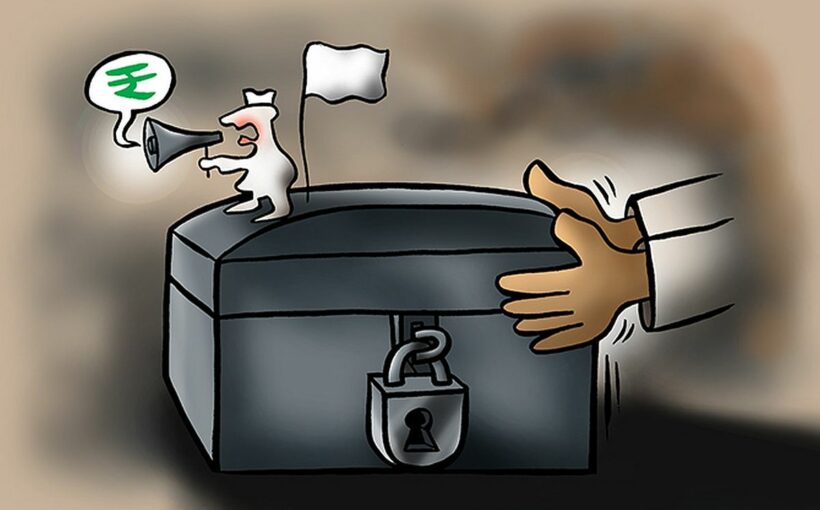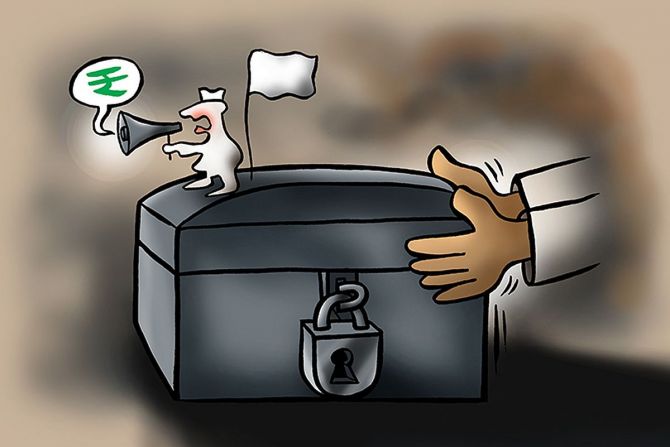Business prospects are improving across the PSU landscape.
Stocks of public sector companies, especially the oil refining and marketing companies (OMCs) – Bharat Petroleum Corporation Limited (BPCL), Hindustan Petroleum Corporation Limited (HPCL) and Indian Oil Corporation Limited (IOC) – logged gains on Tuesday in a weak market.
While the Nifty lost nearly 1 per cent in trade on Tuesday, the Nifty CPSE index – a gauge of performance of central public sector enterprises on the National Stock Exchange (NSE) – gained over 3 per cent in intra-day trade.
The rally in PSU stocks comes on the back of the BPCL chairman, Arun Kumar Singh suggesting in the company’s annual general meeting (AGM) on Monday that the government intends to complete the divestment process in the OMC by March 2022.
Besides the divestment angle, according to A K Prabhakar, head of research at IDBI Capital, there are several stories playing out simultaneously in the PSU space and one cannot paint the entire sector with the same brush.
Business prospects, according to him, are improving across the PSU landscape.
“There is a shortage of coal, which is propelling Coal India stock. Similarly, IRCTC is doing well on the prospects of the economy opening up and sharing a split plan.
“Similarly, firm gas prices augur well for gas producers. Several state-owned chemical companies are performing as the chemical prices are soaring.
“What BPCL has said is not new. This has been in the public domain.
“However, the government now needs to walk the talk and execute the plans,” he said.
Besides BPCL, the government intends to privatize two public sector banks (PSBs) and one general insurance company in the fiscal 2021-22 (FY22) and aims to raise Rs 1.75 trillion in the process.
That apart, it has proposed to offload stake in Life Insurance Corporation of India (LIC) during this fiscal, preparations for which are already underway.
In the last 10 years, though PSU stocks have gained ground, they have mostly been laggards at the bourses.
Sample this. The S&P BSE PSU Index has moved up just 7 per cent in the last 10 years as compared to 253 per cent rise in the S&P BSE Sensex, 304 per cent rally in the S&P BSE Midcap index and 298 per cent gain in the S&P BSE Small-cap index during this period, ACE Equity data show.
Sector-wise, the information technology (IT), consumer durables, healthcare, bank and fast moving consumer goods indexes on the BSE have gained in the range of 288 per cent to 580 per cent during this period, data show.
That said, selling stake in government-controlled enterprises, analysts say, will be an uphill task for the government as there are too many moving parts in the entire process. Delaying it too far into the second half is a risk to the overall fiscal situation as well.
“As things stand, achieving the divestment target of Rs 1.75 trillion this fiscal looks an uphill task as we are already in the second half of the fiscal (FY22).
“After a shortfall last year due to Covid, the government may not like to put the fiscal situation at risk again. That said, if the government wants to push it, now is the time.
“It does have some leeway to manage the fiscal situation in terms of the tax collections this far, which are likely to remain strong over the next few months as well,” said Yuvika Singhal, economist, QuantEco Research.
As regards PSU stocks, G Chokkalingam, founder and chief investment officer (CIO) at Equinomics Research suggests that investors start accumulating PSU stocks from a medium-to-long term horizon.
“A number of these stocks had been beaten down badly since the past few years.
“Improving business prospects and divestment hope will keep them buzzing for some more time,” he says.
Source: Read Full Article

